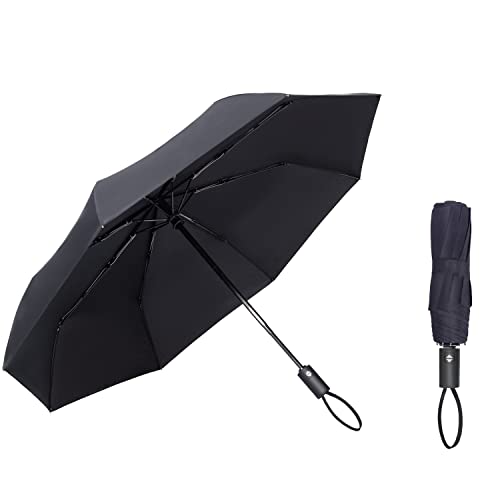Yes, umbrellas can protect against UV rays
When it comes to protecting yourself from the harmful effects of UV rays, most people think of sunscreen, hats, and sunglasses. However, another effective way to shield yourself from these rays is by using an umbrella. While umbrellas provide shade and help block out the sun’s heat, they can also provide some level of protection against UV rays.
Understanding UV rays
UV rays, or ultraviolet rays, are a form of radiation that comes from the sun. There are three types of UV rays: UVA, UVB, and UVC. UVA rays have the longest wavelength and can penetrate deep into the skin, causing premature aging and wrinkles. UVB rays have a medium wavelength and are responsible for causing sunburn and increasing the risk of skin cancer. UVC rays have the shortest wavelength and are fortunately absorbed by the Earth’s atmosphere before reaching us.
It is important to protect yourself from both UVA and UVB rays, as prolonged exposure to these rays can have serious consequences for your skin health. This is where umbrellas come in as a useful tool to minimize the impact of UV rays on your skin.
How umbrellas provide UV protection
While regular umbrellas typically provide shade, they don’t always offer adequate protection against UV rays. However, there are specially designed umbrellas available in the market that are made with UV-blocking materials. These umbrellas have a special coating or fabric that helps to block out the harmful UV rays and provide an extra layer of protection while you’re outside.
UV-blocking umbrellas work by reflecting and absorbing the UV rays before they reach your skin. They are designed to provide a high level of sun protection and can block up to 99% of UVA and UVB rays. This protection factor is measured by the UPF, or Ultraviolet Protection Factor, which indicates the amount of UV radiation that passes through the fabric. The higher the UPF, the greater the level of protection.
Choosing a UV-blocking umbrella
When looking to purchase a UV-blocking umbrella, there are a few factors to consider:
1. UPF rating: Look for umbrellas with a high UPF rating, ideally UPF 50+ for maximum protection.
2. Material: Opt for umbrellas made with UV-blocking fabric or umbrellas that have a special UV-reflective coating.
3. Size: Choose an umbrella that provides ample shade and coverage, minimizing the amount of direct sunlight that reaches your skin.
4. Portability: Consider the size and weight of the umbrella, especially if you plan on using it while traveling or on-the-go.
Other sun protection measures
While umbrellas can provide some level of protection against UV rays, they should not be your only line of defense. It is important to incorporate other sun protection measures into your routine, especially during periods of high sun intensity, such as between 10 am and 4 pm.
Here are some additional steps you can take to protect yourself from harmful UV radiation:
1. Apply sunscreen: Use a broad-spectrum sunscreen with SPF 30 or higher on exposed skin, and reapply every two hours or after swimming/sweating.
2. Wear protective clothing: Cover up with lightweight long-sleeved shirts, long pants, a wide-brimmed hat, and UV-blocking sunglasses.
3. Seek shade: Look for shaded areas or create your own shade with a beach tent, canopy, or other sun-protective structures.
4. Avoid tanning beds: Tanning beds emit harmful UV radiation, which can increase the risk of skin cancer.
By combining these sun protection measures with the use of a UV-blocking umbrella, you can significantly reduce your exposure to UV rays and help protect your skin from their damaging effects.






